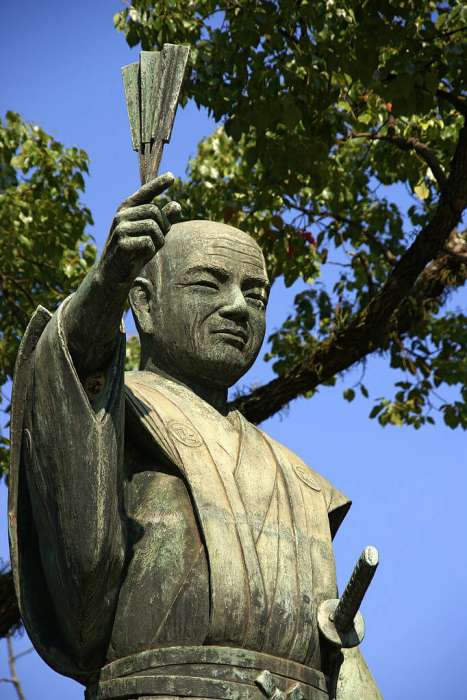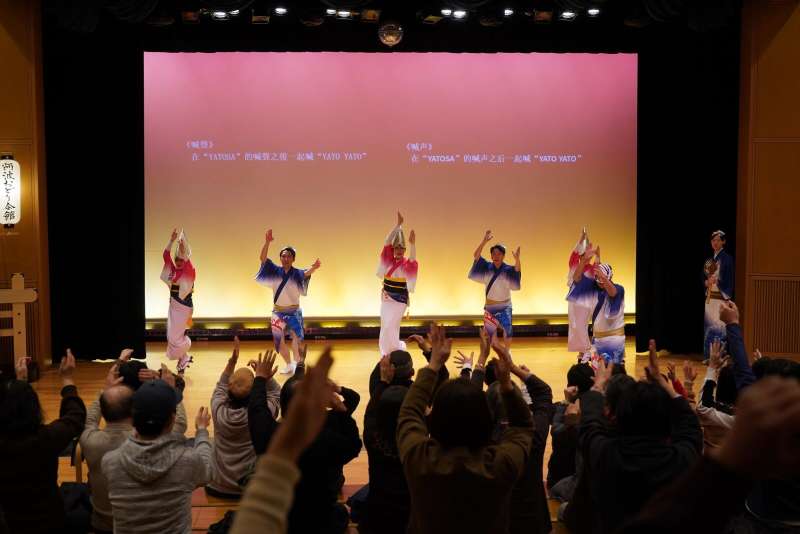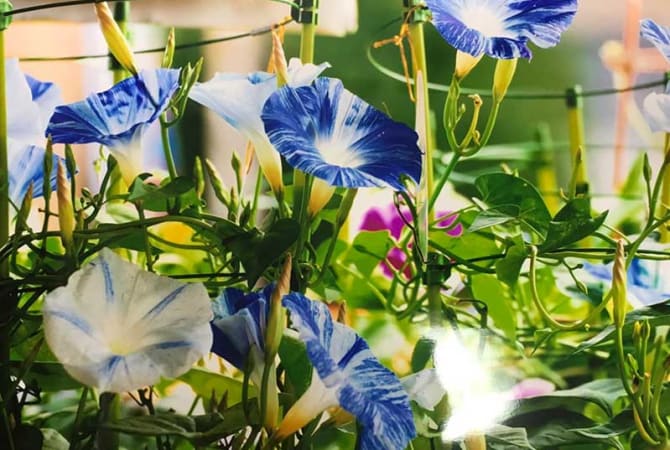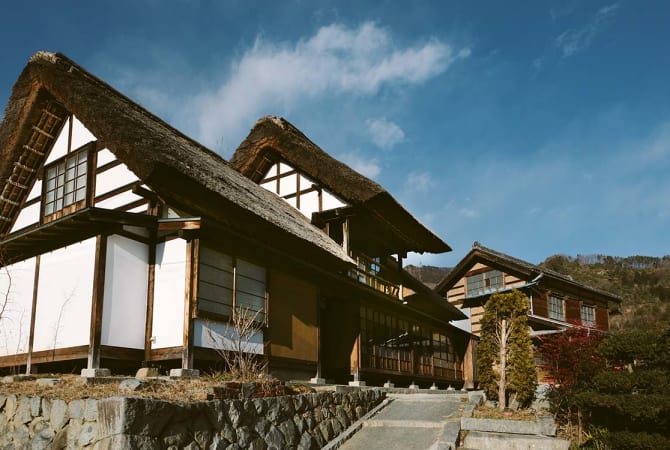Dance Your Heart Out at Awa Odori Festival
The Awa Odori Festival in Tokushima is one of Japan’s biggest and most fun summer festivities, attracting approximately 1.3 million visitors annually.
It’s held every 12 to 15 August during Obon season, the time of the year when the deceased are said to revisit their living relatives. The festival is known for closing down streets to make way for dancing, where groups (called ren) ranging from amateurs to seasoned dancers join the event.
Wondering about what prompted this joyous celebration and how to join the Awa Odori Festival yourself as a tourist?
Awa Odori Festival history
Theories about Awa Odori Festival’s history
- Castle construction theory
- Bon Odori theory
- Furyu dance theory
There are a few legends tied to the history of the Awa Odori Festival.
The most popular one dates back to 1587. Feudal lord Hachisuka Iemasa is said to have given out sake to the citizens of the city to celebrate the completion of the Tokushima Castle. As a result, people, regardless of social status, got drunk and ended up happily singing and dancing all over town. This is believed to have evolved into the event we know of today.

Photo by 663highland under Creative Commons License CC BY-SA 3.0
The other theory is it’s inspired by Bon Odori, the traditional dance done to commemorate one’s ancestors during Obon season. This partially intersects with the first theory, as Bon Odori is held in Tokushima Castle.
Lastly, there’s the Furyu dance origin story. The way Awa Odori is danced by several groups is quite similar to the Furyu dance. In 1578, a historical record cites feudal lord Sogo Masayasu holding a Furyu dance at Syouzui Castle in Tokushima.
All theories are widely accepted, marking the history of Awa Odori Festival roughly 400+ years old. However, it wasn’t until later in the Showa Period (1926 to 1989) that the term ‘Awa Odori’ was coined. ‘Awa’ came from the feudal name of Tokushima Prefecture while ‘odori’ means dance.
Awa Odori Dance Festival at present
Awa Odori Festival highlights
- The event references a popular Awa Odori song called Awa Yoshikono
- Women dancers wear a white yukata and an amigasa; men wear happi and shorts
- Dancers are divided into groups called ‘ren’
- People who play traditional instruments also participate
One of the songs associated with Awa Odori is called Awa Yoshikono which has a phrase, “Fools dance and fools watch, if both are fools, you might as well dance.” It gives a positive spin on the sentiment, welcoming any participant who would like to join, skilled dancer or not, to participate and have fun dancing together.

Women dancers wear a white yukata (light cotton kimono often worn in the summer) matched with amigasa (a woven grass hat). Men, on the other hand, wear happi (a light cotton coat) paired with shorts. People who play traditional instruments like taiko, shamisen (a guitar-like instrument), flute, and the like also join to serve as accompaniment for the dancers. The event has also evolved over the years, modernizing along with the times.
The dance parade usually starts at 6 PM, and lasts late into the evening.
Along the vicinity of the festival, food stalls and game stands are also present for guests to check out.
How to join the Awa Odori Festival as a tourist

Tourists can watch the dance parade from the sidelines for free. There are also areas outside the main stages of the dance parade that invite everyone — and we mean everyone — to dance along. So if you’re feeling the dance fever getting to you, embrace it and don’t be shy!
However, if you’d really like to savor and immerse yourself in the experience, you can reserve seats for scheduled performances via the Awa Odori Kaikan office. The performances have English and Chinese translations available.
The ticketing office also has bundled fees which allow you to enjoy the performances, packaged with entrance fees to the Awa Odori Festival Museum and a two-way ride to the Mt. Bizan Ropeway which gives a great view of the city.
|
Awa Odori Kaikan Website: https://awaodori-kaikan.jp/en/price/ |



























































